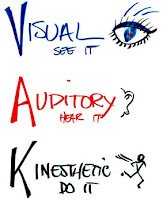Strengths-Focused Parenting: Empowering Kids on the Autism Spectrum

Unfortunately, it is not uncommon for people to focus (consciously or unconsciously) on the weaknesses of a youngster with Aspergers or High-Functioning Autism (HFA). This is a frequent occurrence for the youngster with poor social and communication skills, odd mannerisms, and learning disabilities. This is especially true of kids with unacceptable behavior related to their disorder. Kids with Aspergers and HFA already feel they are different. It is up to us to teach all kids that “different” is not “bad,” and that each of us has special strengths. We can help that process along by showcasing each youngster's special strengths and interests. How to employ “strengths-focused” parenting: 1. When choosing the right school for your youngster, visit several schools (if possible) and look for signs of success. Meet teachers and staff, visit classrooms, and talk with the students to find out if this is the right school for your youngster's challenges. Discover whether the sch
